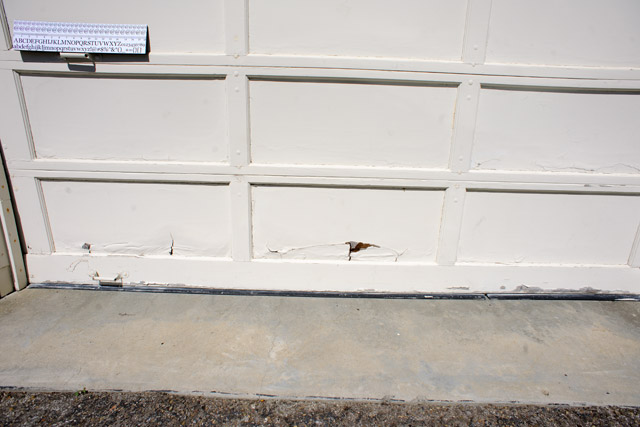EXCERPT page containing first few paragraphs. 2024-04-26 09:03:15
UA_SEARCH_BOT_compatible_botmozilla/5.0 applewebkit/537.36 (khtml, like gecko; compatible; claudebot/1.0; +claudebot@anthropic.com) @ 3.141.152.173
For full access, subscribe here. Or click title to login. ![]()
Testing for Lateral Chromatic Aberration
Please first read the Lateral Chromatic Aberration page.
Testing for lateral chromatic aberration (LCA) is easy:
- Choose any high-contrast target, preferably one that is neutral in color (so the effects are most easily seen). A good choices is something metal, such as aluminum.
- Place the target off-center e.g., at the edges or corners.
- Photograph the target at f/8 (making sure not to overexpose). By shooting at f/8, other optical aberrations will be all but gone, and focus error is less likely to confuse the results.
When LCA is present, color fringing is easily observed as a red fringe along high contrast edges.
The best targets for clearly and unequivocally seeing LCA is a high contrast black and white target. Simply printing out a page of lines and/or letters is a good enough test chart.
Article continues for subscribers...
Diglloyd Making Sharp Images is by yearly subscription. Subscribe now for about 13 cents a day ($50/year).
BEST DEAL: get full access to ALL 8 PUBLICATIONS for only about 75 cents a day!
Diglloyd Making Sharp Images articulates years of best practices and how-to, painstakingly learned over a decade of camera and lens evaluation.
Save yourself those years of trial and error by jump-starting your photographic technical execution when making the image. The best lens or camera is handicapped if the photographer fails to master perfect shot discipline. High-resolution digital cameras are unforgiving of errors, at least if one wants the best possible results.
- Eases into photographic challenges with an introductory section.
- Covers aspects of digital sensor technology that relate to getting the best image quality.
- Technique section discusses every aspect of making a sharp image handheld or on a tripod.
- Depth of field and how to bypass depth of field limitations via focus stacking.
- Optical aberrations: what they are, what they look like, and what to do about them.
- MTF, field curvature, focus shift: insight into the limitations of lab tests and why imaging performance is far more complex than it appears.
- Optical aberrations: what they are, what they look like, and what to do about them.
- How to test a lens for a “bad sample”.
Intrigued? See Focusing Zeiss DSLR Lenses For Peak Performance, PART ONE: The Challenges, or (one topic of many) field curvature.

(Nikon 20mm f/2.8D)

